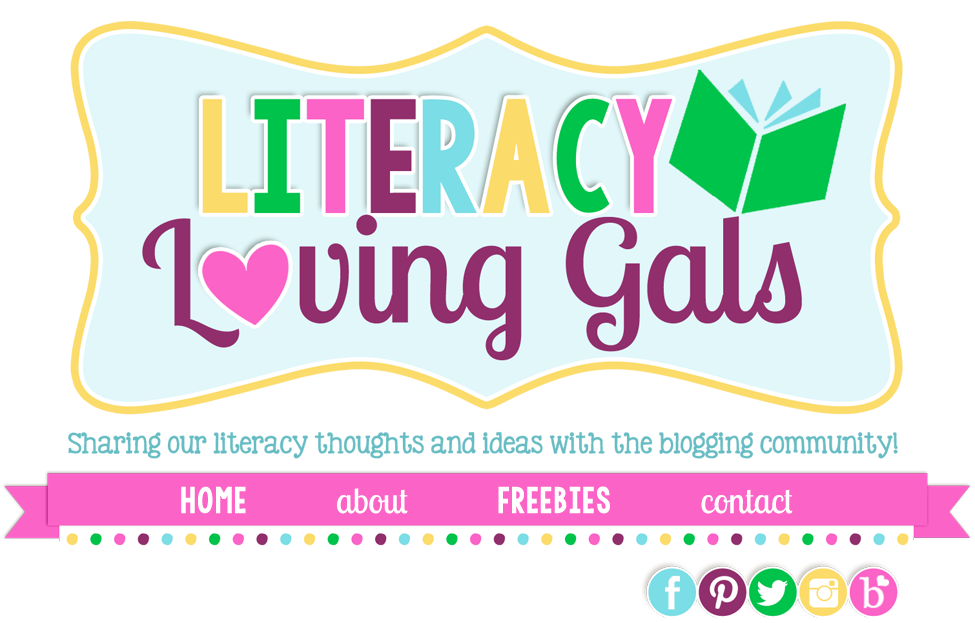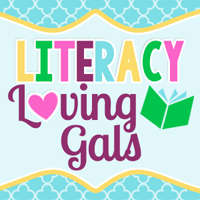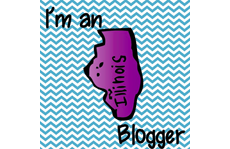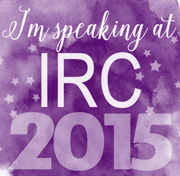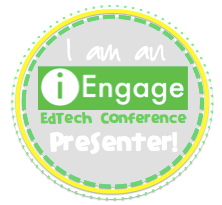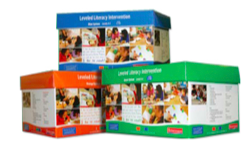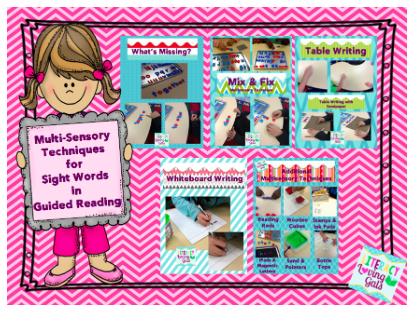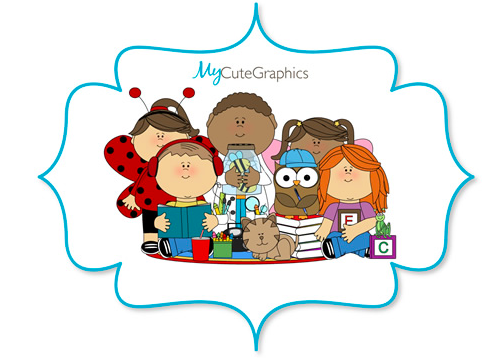As you work with your students, we hope you discover the same pleasure and success we have experienced in our work with teaching children to be better readers. We also hope we have provided you with useful tools to support you in helping your students become joyful, engaged readers (p.198).Let's take a peek at the Table of Contents. You'll notice the word study resources support a range of readers, including those working on Pre-A skills through readers achieving skills at Level Z. When you turn the page just beyond the Table of Contents, you'll discover the particulars contained in a set of videos the authors have created for educators. Since this book supplies a link to an online, password protected site, you'd be able to access the content within the videos, in addition to a large number of downloadable materials.
Below are images of what the online site has to offer. Each tool you'd need to implement word study in small groups is provided, as well as pertinent information to strengthen your practice and grow as an educator.
I'll leave you with a few quotes to give you better insight into what the book offers. I highly recommend you own the book. If you're anything like me, you'll read, highlight and tab the book, then refer to it again and again when planning for small guided groups.
- Word study goes beyond the rote memorization of letters and sounds. It teaches readers how to apply their knowledge of letters, sounds, and words in order to read and spell (p.9).
- Word study, including phonics, should be taught in small groups and based on the developmental needs of individual students (p.13).
- The key phrase is "developmentally appropriate," not one size fits all (p.13.)
- It doesn't make sense to teach word study the same way to every child (p.16).
- Emphasize meaning and practice flexibility! (p.21)
- Spelling a word is not an efficient way to learn sight words. In fact, it will slow the rate at which students acquire them. You want students to remember sight words as one complete unit (p.29).
- It is important for students to understand, from an early age, that what they read must make sense. As students read, prompt them to use what they know about letters and sounds to help them make sense of the text (p.100).
- A goal of every guided reading lesson is to teach students how to use their newly acquired word study skills while they are reading and writing (p.237).
- Create a love for reading by knowing your students' reading interests. Each day students should read books they select themselves (p.170).
- Learning to read does not need to be a drudgery. The biggest message we want to leave you with is that learning should be joyful (p.198).
Check out #NSFWordStudy on Twitter for more information. :)
Thanks for taking a peek and if you're interested in snagging a free copy, leave a comment below to be entered in a giveaway!
